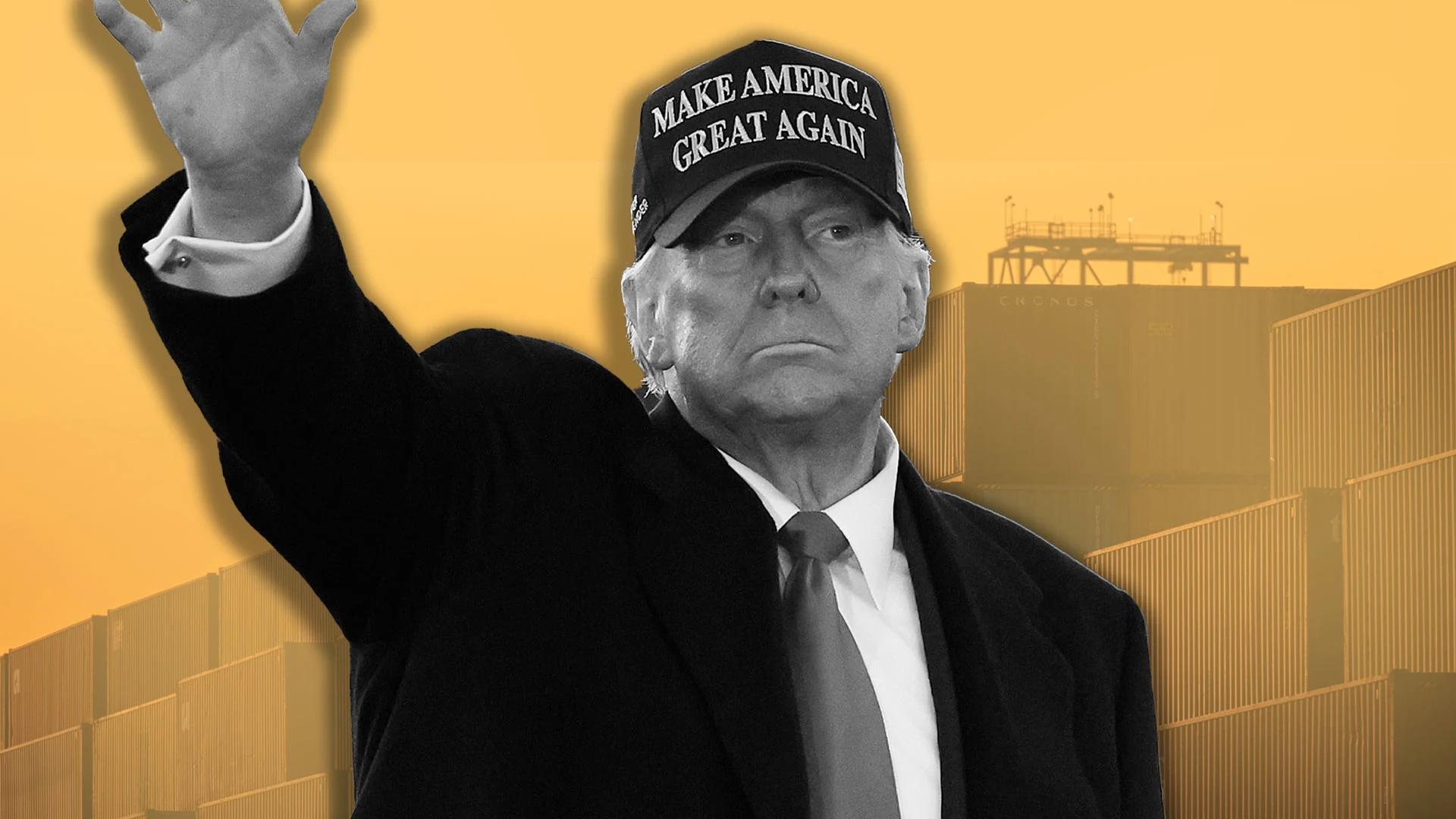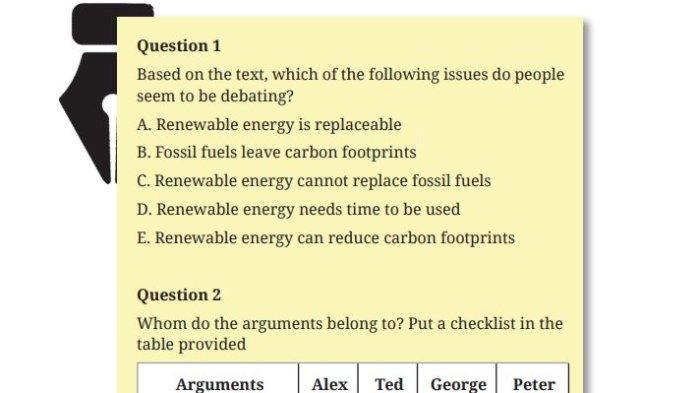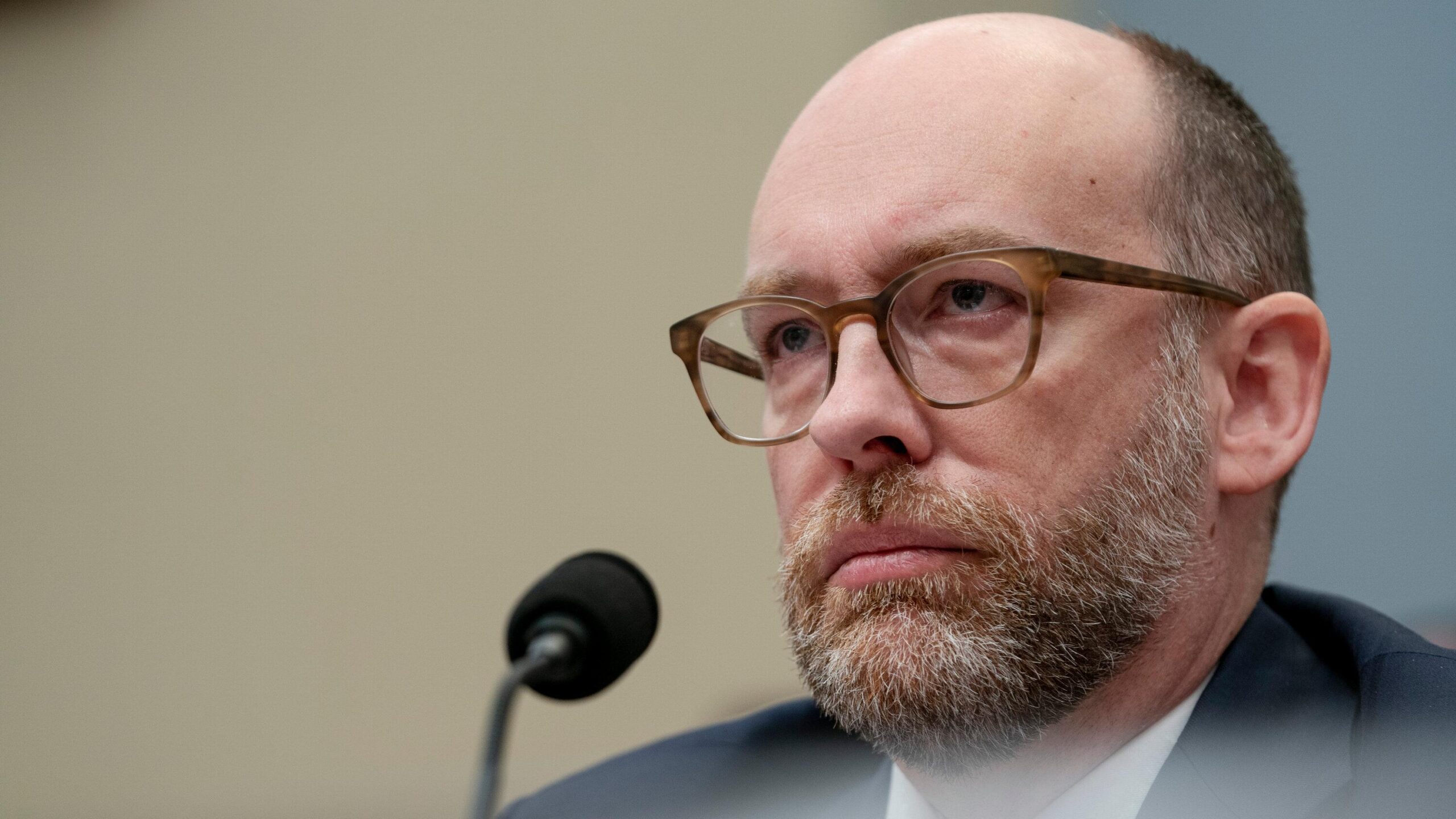In the intricate dance of power politics, President Trump’s nomination of David Malpass to lead the United States Treasury Department has sent ripples of intrigue through financial halls and political arenas alike. A paradox wrapped in economic jargon, Malpass, a long-time critic of China and an outspoken advocate for protective tariffs, has surprisingly managed to soothe market jitters with his calm demeanor and assurances of fiscal prudence. As the financial world enters a pivotal chapter, the question lingers: can Malpass navigate the choppy waters of Trump’s trade war while anchoring the stability of the American economy?
The Tariff Tightrope: balancing protectionism and market stability
The global economy is a delicate ecosystem. As such, tariffs are an instrument that must be used with caution, lest they cause unintended damage. Moreover, care must be taken to avoid spooking financial markets, which can quickly lead to instability.
The conundrum facing the incoming treasury secretary is how to balance these competing interests. On the one hand, the president-elect has pledged to impose tariffs on goods imported from China and Mexico. This could lead to a trade war and potentially damage the global economy. On the other hand, financial markets are already nervous about the potential for increased protectionism. A poorly timed tariff hike could send the stock market into a tailspin.
Striking a Delicate Balance: examining Navarros policies and market impact
Trump sought to transform trade policy. He ordered Navarro to lead this effort from the White House and then nominated him in September 2017 to serve as assistant to the president and director of trade and industrial policy. In that role, Navarro played a major part in the administration’s decision to impose tariffs on imported aluminum and steel as well as on a range of Chinese-made goods.
Navarro’s background at KKR showed that he could grasp complex financial situations quickly, but it also revealed a tendency to focus on short-term results – a characteristic that was on display as he pushed for tariffs. “Navarro is a creative and independent thinker who has the ability to analyze complex issues quickly,” says Ted Baehr, his former boss at KKR. “He also has a strong ability to communicate his ideas effectively.” Navarro is “a patriot and a strong believer in free markets, and he tirelessly fights for what he believes in,” Baehr adds. Navarro’s admirers describe him as a brilliant economist with an uncanny ability to see the big picture, a trait they say will serve him well at Treasury.
To Conclude
As we navigate this unprecedented intersection of fiscal landscapes and political storms, the journey ahead is an enigmatic labyrinth. Trump’s appointment of Larry Kudlow, an economic sherpa with diverse views on tariffs and market interactions, introduces a new dynamic that promises both challenges and potential breakthroughs.
Kudlow’s path is fraught with the intertwined threads of global trade, domestic economies, and delicate market sentiments. His ability to forge consensus amidst opposing voices and steer the Treasury ship through turbulent waters will determine his legacy in an administration known for its disruptive tendencies.
The world watches with bated breath as this drama unfolds, eager for stability amidst the chaos. Kudlow’s tenure promises to be a tale of calculated risks and audacious maneuvers, leaving an indelible mark on the canvas of economic history.


